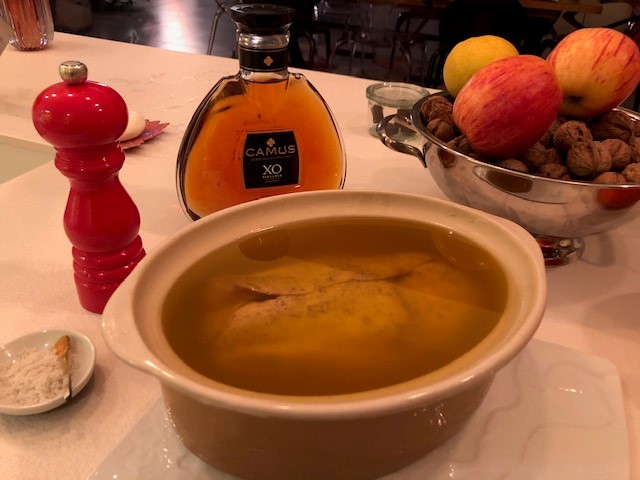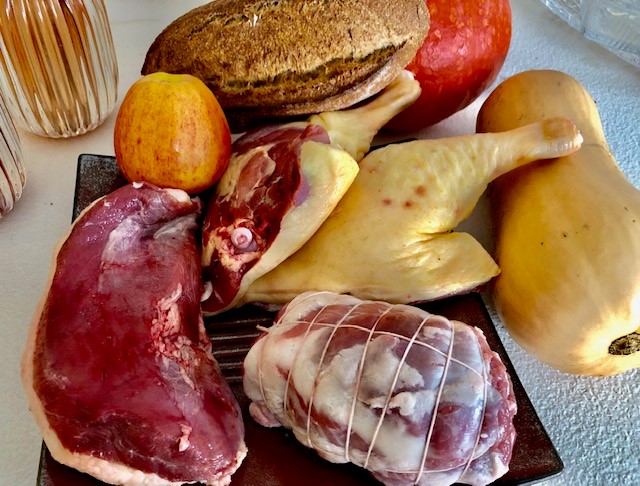Our French gastronomy is one of the richest in the world. Let’s take a little tour of the gastronomic and cultural heritage of Aquitaine for Christmas.
The gastronomy of the South-West, the undisputed queen of our festive tables with the Foie gras and the truffles, the oysters and the fattened poultry.
Now that you know a little more about My Gourmet Tours through my blogs, you understand how much French gastronomy, and South-Western gastronomy in particular, is at the heart of my concerns. At My Gourmet Tours we love both the good and the beautiful. This is why we are keen to talk to you about our gastronomic, historical and cultural heritage, which are inseparable to understand our French gastronomy. Of course, we are also keen to talk to you about the talents that make it possible to keep this heritage of more than 2000 years alive.
It is by making you better acquainted with our history, the evolution of our lifestyles and our cultures, by bringing you to meet our producers, craftsmen and restaurant owners that you will understand the importance of preserving and perpetuating our French gastronomy, but also of helping it to evolve and adapt to our new lifestyles.
In 2010, UNESCO made no mistake in classifying the “gastronomic meal of the French” as part of the intangible cultural heritage of humanity and wished to protect traditional cultural practices and know-how.
France has always loved to eat and its gastronomic meal is indicative of the conviviality and sense of sharing that characterise our French culture.
Of course, eating is above all a vital necessity, but we have known, as our wealth has evolved, how to make it a moment of pure pleasure and seduction.
You only have to be interested in our talented chefs’ constant search for combinations of flavours and textures to understand that beyond a useful moment, we look for pleasure, beauty and the best combinations of tastes and wines in our dishes. We want to live an unforgettable moment.
But if we wish to preserve our gastronomic heritage, we also wish to adapt the flavours to our times.
If my children enjoy coming to the Périgord to experience the flavours of tradition, they live and eat differently from me who was born in the 60s. And my eating habits were different from those of my parents and grandparents who lived in the countryside, in autarky, fed on seasonal produce and farm animals.
After years of consumerist madness that made us discover strange gastronomies such as molecular cuisine, we finally seem to come back down to earth and reconsider our local products and producers. Healthy eating has become the motto of the new generations. And they are quite right.

The recipes of winter 2020 from My Gourmet Tours perpetuate the know-how and tradition of French gastronomy.

Ingrédients
- 1 duck or goose foie gras from Périgord of about 600gr
- 1 large jar of duck or goose fat
- 10g of salt
- 5g of pepper
- cognac
My Perigord foie gras terrine for the holidays
- The day before: brush the foie gras with salt, pepper and cognac (with a brush it is easier for the cognac) and leave it to rest for 24 hours in the fridge.
- The next day: put the fat to melt in the oven at 65 degrees. Once melted, delicately plunge the seasoned foie gras into the fat. Bake for 1 hour in the oven at 65 degrees.
- Allow to cool before storing in the refrigerator for up to 3 weeks.
- Remove the foie gras at least 1⁄4 h before slicing it.
- Remove the fat and slice the foie gras.
- Serve with a puree of onion confit, or a jam of sauternes or figs.

This easy and delicious recipe can be shared with friends or family. For my part, I prefer to accompany it with a glass of white wine such as Sauternes – for Bordeaux wines – or Montbazillac – for Bergerac wines – or even Gascony wine.
Others will prefer a red Bordeaux wine. The important thing is to enjoy the moment and to savour this magnificent product of our French gastronomy.
Treat yourself with easy and elegant recipes from My Gourmet Tours!
